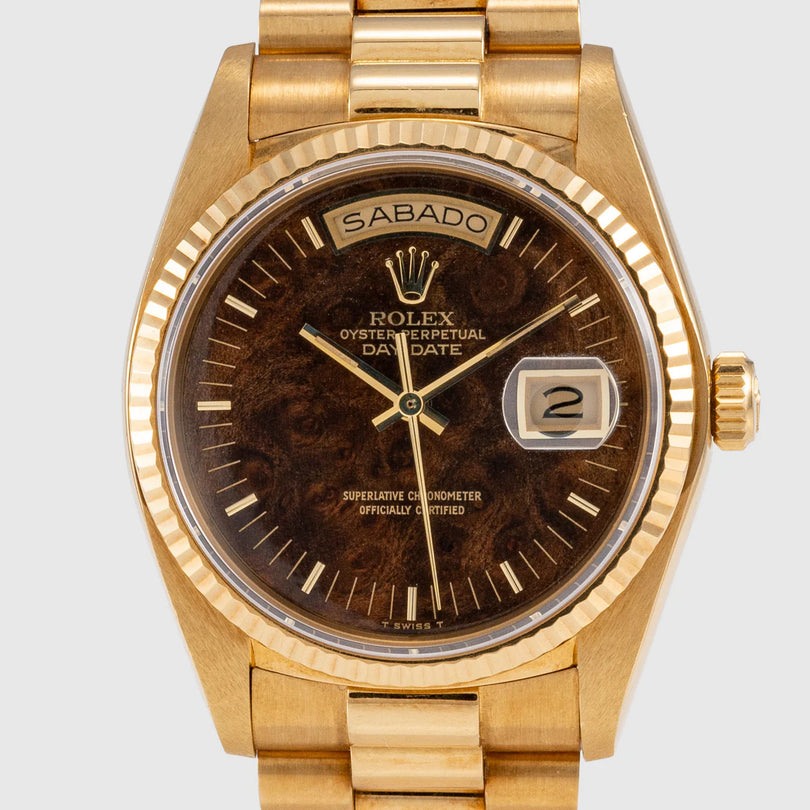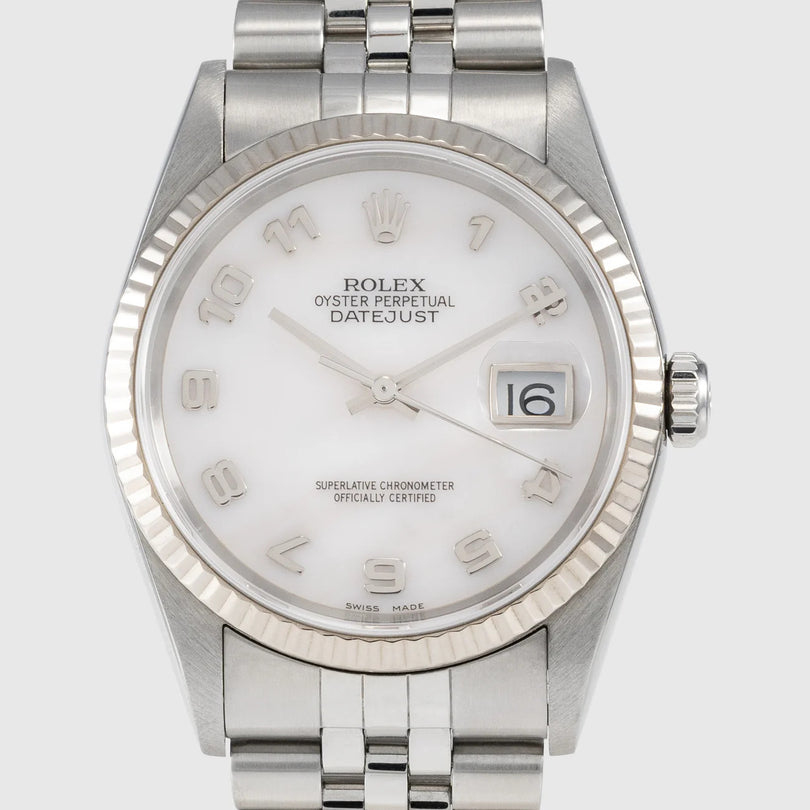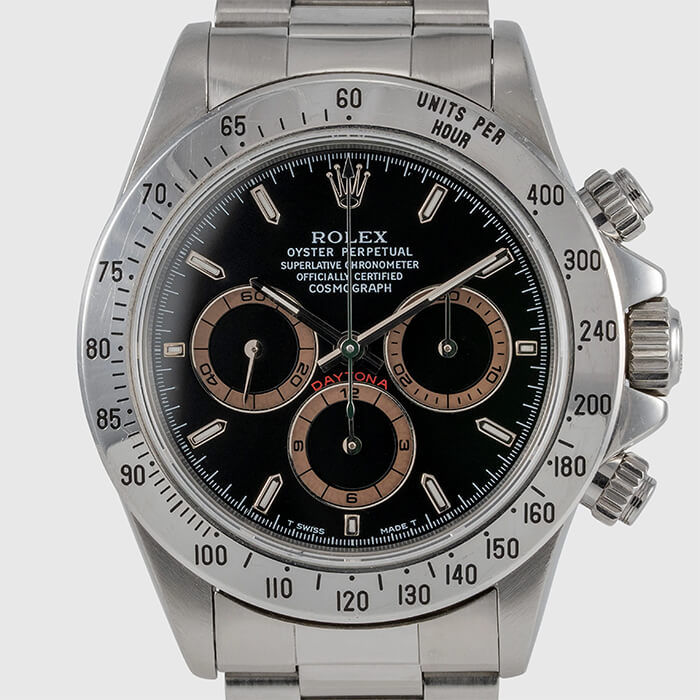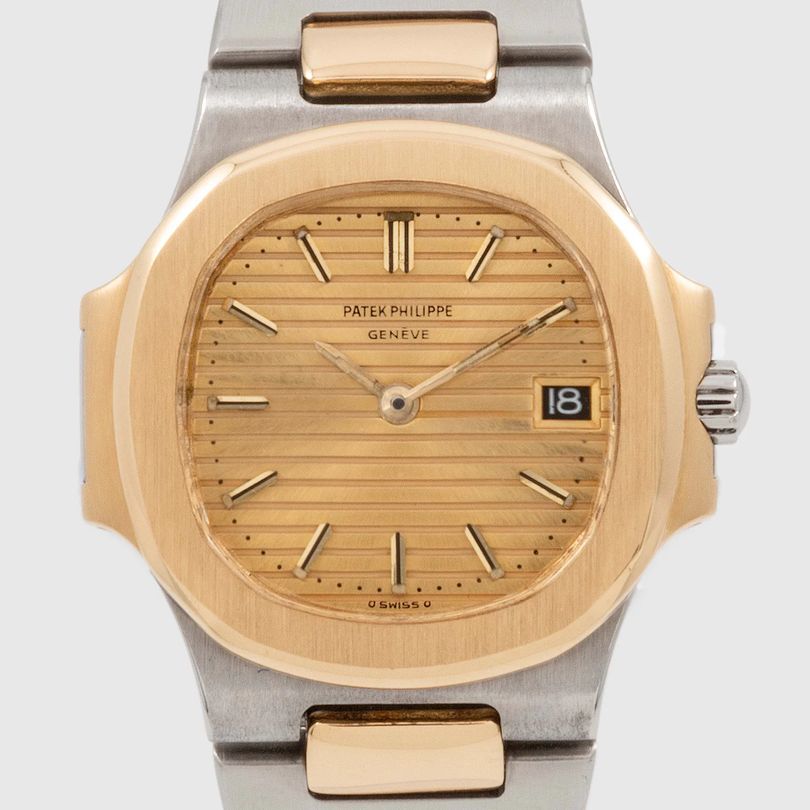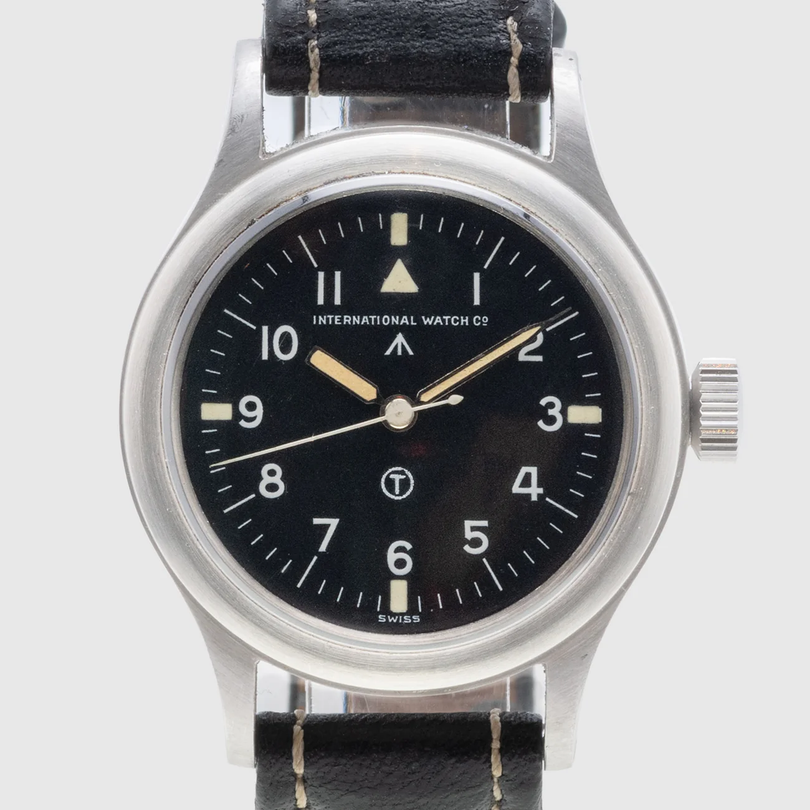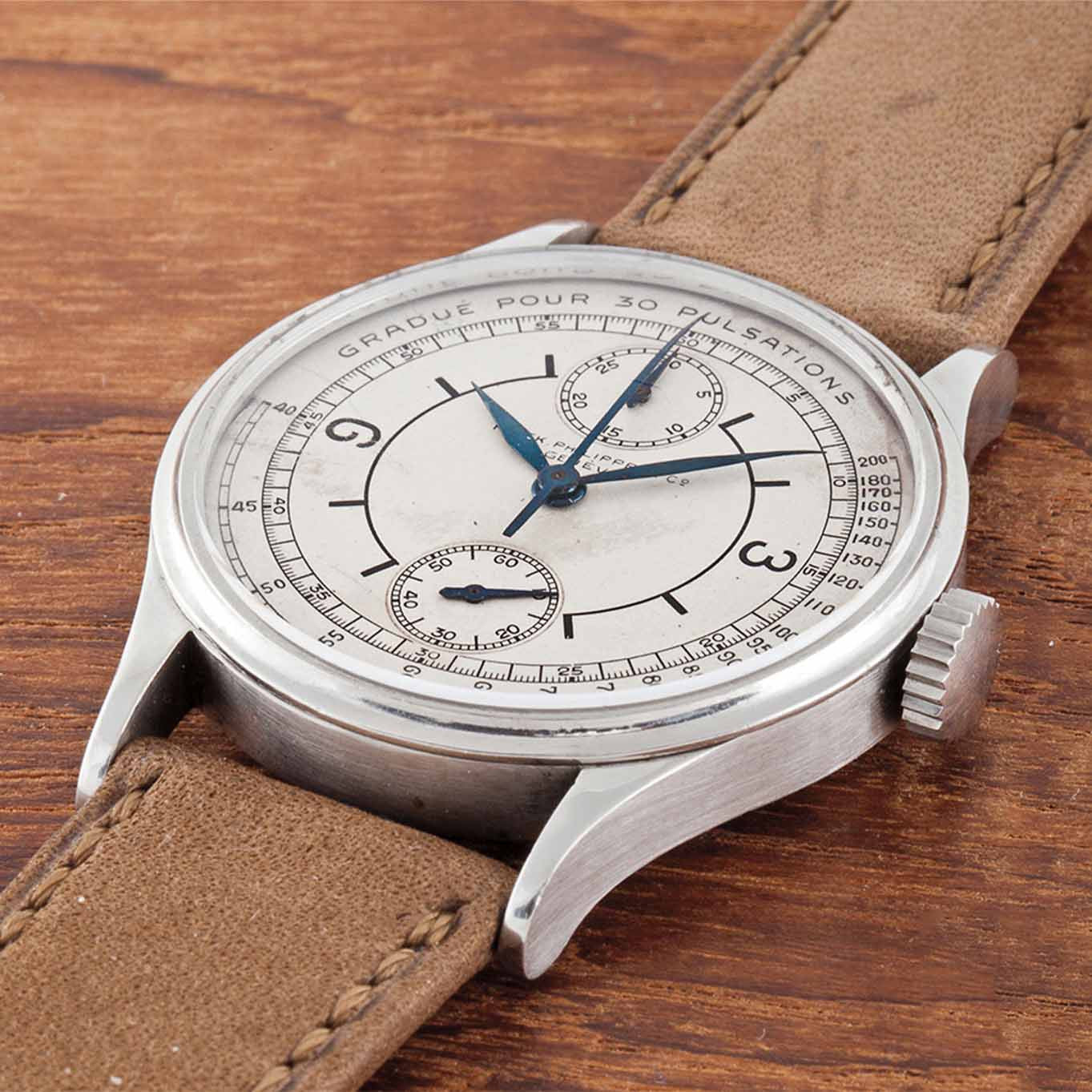
Can something as functional and decorative as a watch dial truly be called a work of art?
Perhaps the real question here is: What is art? If you’ve taken an art class at university, you might well say that art is a combination of form and content. You could then just as easily say that the cream and cinnamon leaf in your cappuccino is art – and it’s hard to argue.
Art, as always remains a matter of opinion, and taste, especially when it comes to the question of what you’re willing to pay for said art piece.
For me, a true work of art is something to savor, something that brings deep enjoyment, both aesthetically and emotionally, and makes me feel a sense of awe at the vision and skill of the artist. It’s uplifting and inspiring. It keeps its value over time because what it embodies is more than a trend or a fashion.
By that definition the Cloisonné enamel dial ticks all the boxes.
Though the “canvas” is no canvas at all and measures only 20 or 30mm in diameter, and even though the art is functional, and worn on the wrist, it still deserves the appellation. I have no reservations in calling it fine art.
Something as humble as glass, mixed with metal oxide colorants, and fired at extremely high temperatures produces results with intense hues and a subtle, magical depth. This is the domain of enameling art, inherited from the ancient Far East. But it’s no easy task.
When enamel is heated to temperatures of between 800 and 1200 degrees Celsius, it liquefies and bonds to metal. It is often applied using a goose quill, and needs between four and ten firings to take its final form. The artist works with the finest of details, painstakingly adding layer after layer.The various enameling techniques including Grand Feu, Champlevé, Paillonné and Cloisonné are all incredibly time consuming, and highly specialized arts.
Cloisonné means ‘to partition.’ The partitions are normally created using ultra-fine gold strands laid upon the outline of the design. Enamel is then introduced into the spaces between, creating colored inlays, with the gold still visible at the end of the process.
The 1950’s was the heyday for Cloisonné, and enamel art-deco in general. At first, watchmakers were cautious about including the techniques in their designs. Choosing the wrong motif would mean condemning the watch to a life on the shelf. But they experimented with it nonetheless, in very limited quantities. Today these pieces are therefore very rare, further adding to their resale value.
Over the years the production numbers remained limited, with each piece created as a unique work of art. There is no chance of finding two completely identical pieces in the world. Collectors also value enamel dials highly because unlike metals, the finish never tarnishes, rusts or fades.
Rolex, Patek Philippe, VacheronCostantin, Omega, Universal Geneve, along with other well-known brands all produced enameled dials in limited numbers, and vintage models tend to exceed the high limit expected selling prices when the auction hammer falls.
In recent years the demand for this form of art at the world’s biggest auction houses has grown tremendously. Sotheby’s calls it “The Renaissance of the Cloisonné Watch Dial.”
One noteworthy example, a Patek Philippe 1415 from 1949 recently sold at the Christie's And Sotheby's New York auction for around $730,000, but that’s still far from the upper limit.

Christies sold a Rolex reference 5028/5028 for around $1.2 million in 2014.
What made this particular model so appealing was the dial. Even though the case was highly oxidized, it served to enhance rather detract from the overall effect. The dial which depicts a frigate and a whale in stormy seas were still in perfect condition. The texture, the play of light and the fine shades of color set this Rolex apart, and justify the enormous selling price.
It was created by Marguerite Koch, a renowned artist from Geneva who also created artwork for Patek Philippe and Vacheron Constantin. During the 1940’s there were no more than a handful of artisans capable of producing this kind of work.
Even with many years of experience in the watch trade, I’m still amazed at the depth and complexity involved in watchmaking.
Volumes have been written about the mechanical complexities, complications and engineering feats of master watchmakers. The sublime skills of artists like Marguerite Koch deserve more than a footnote in that story.
Whether you decide to call it Fine Art or not, it’s the perfect marriage of form with content


